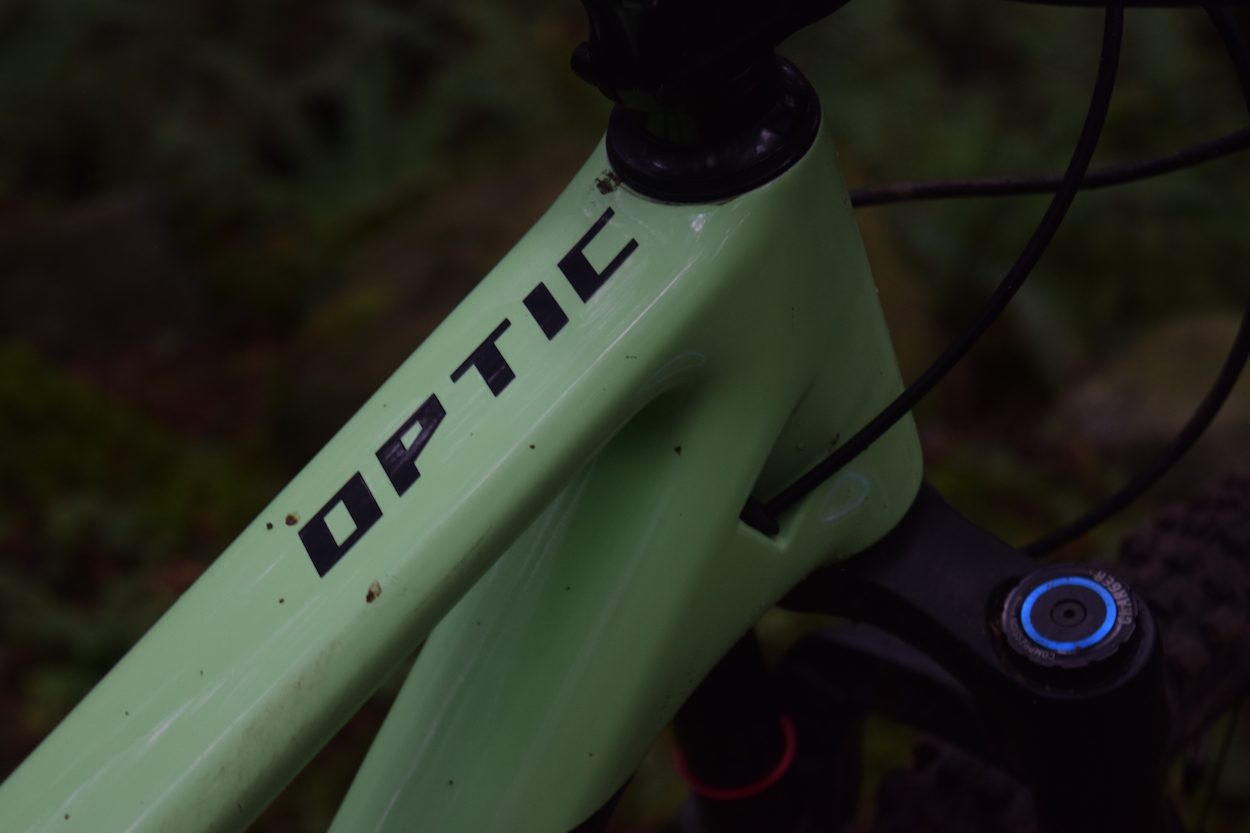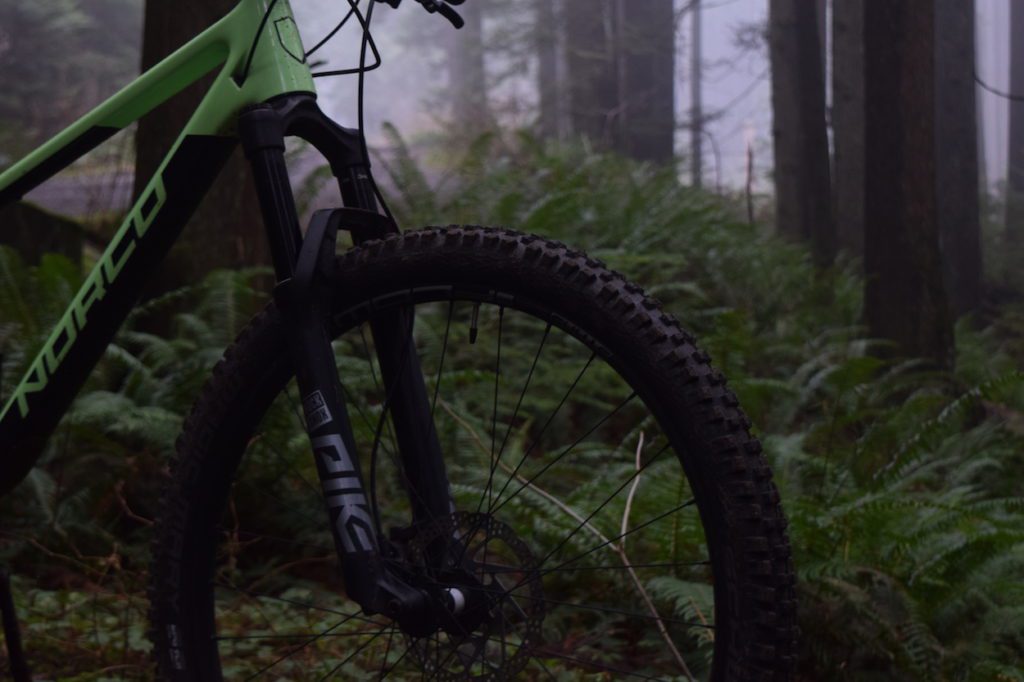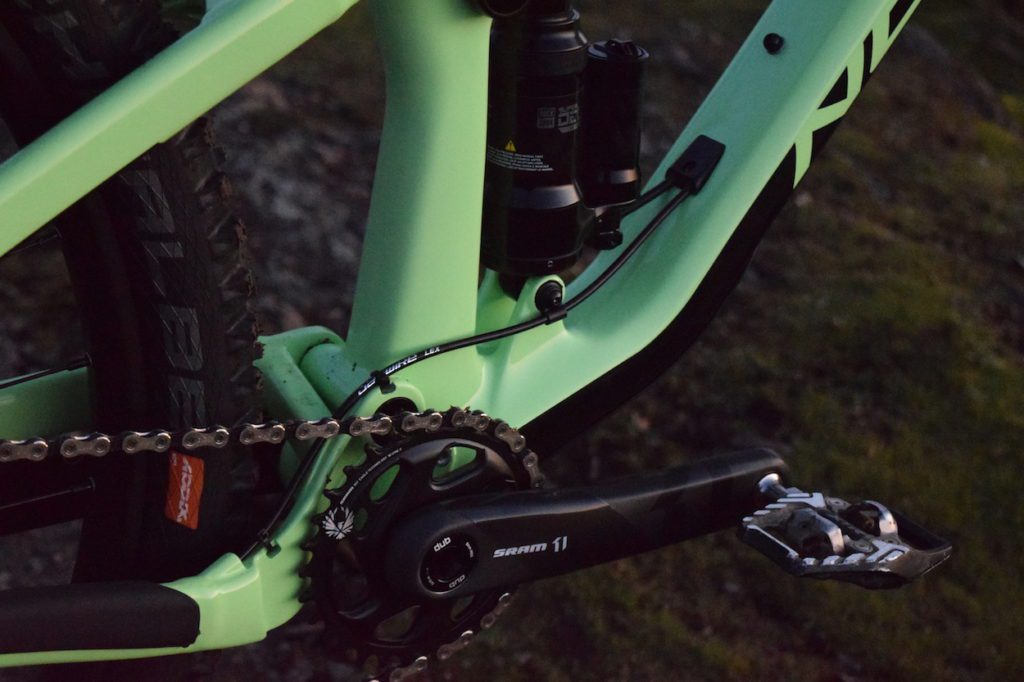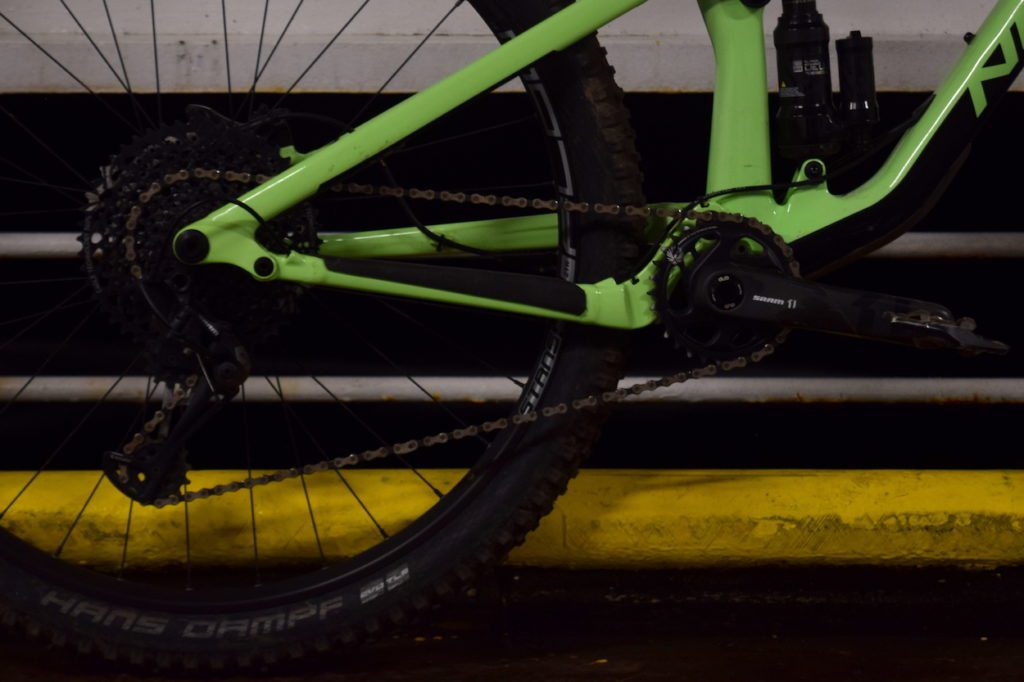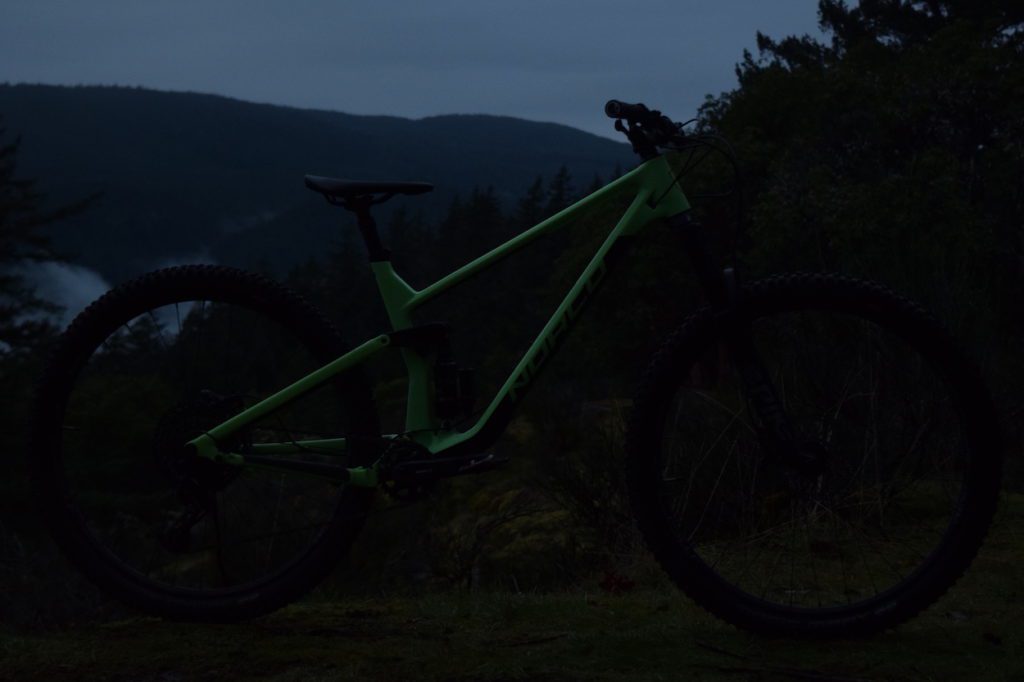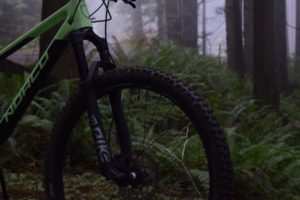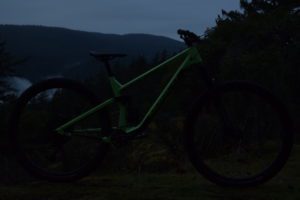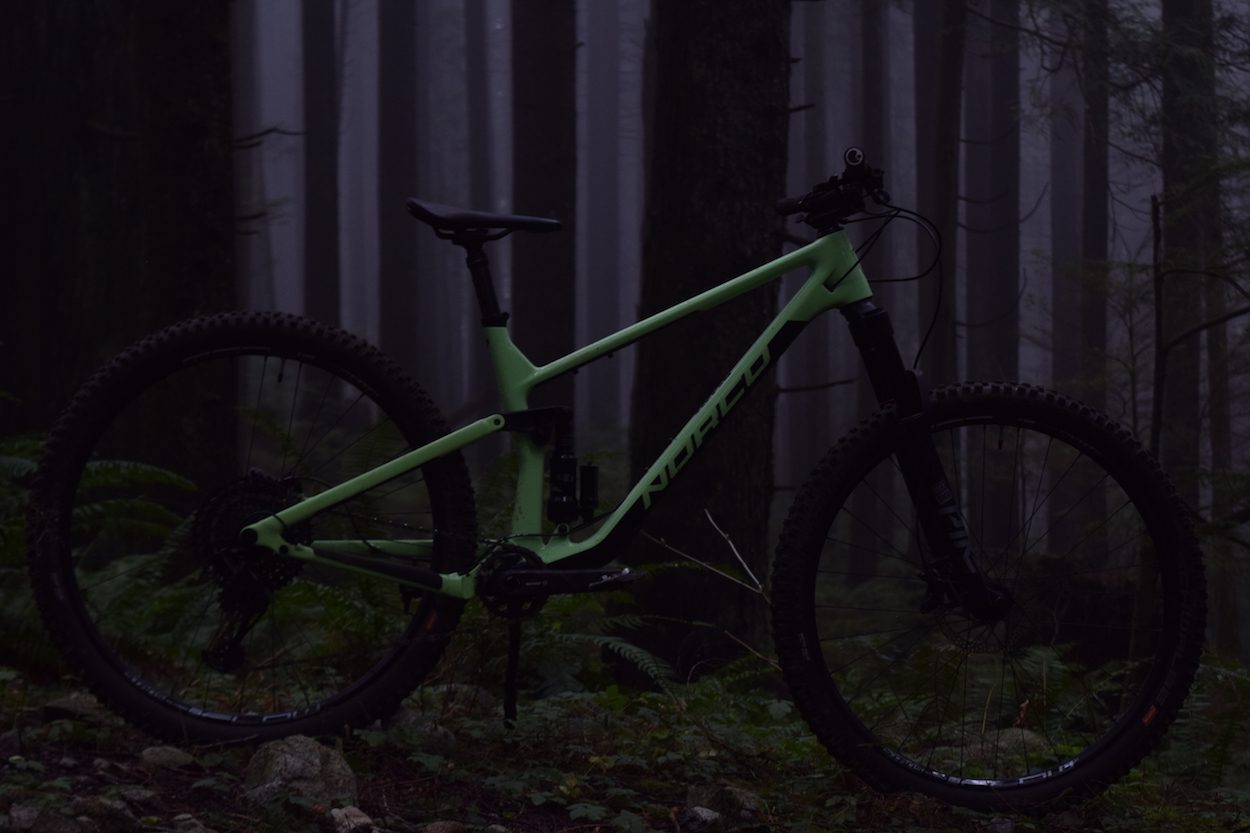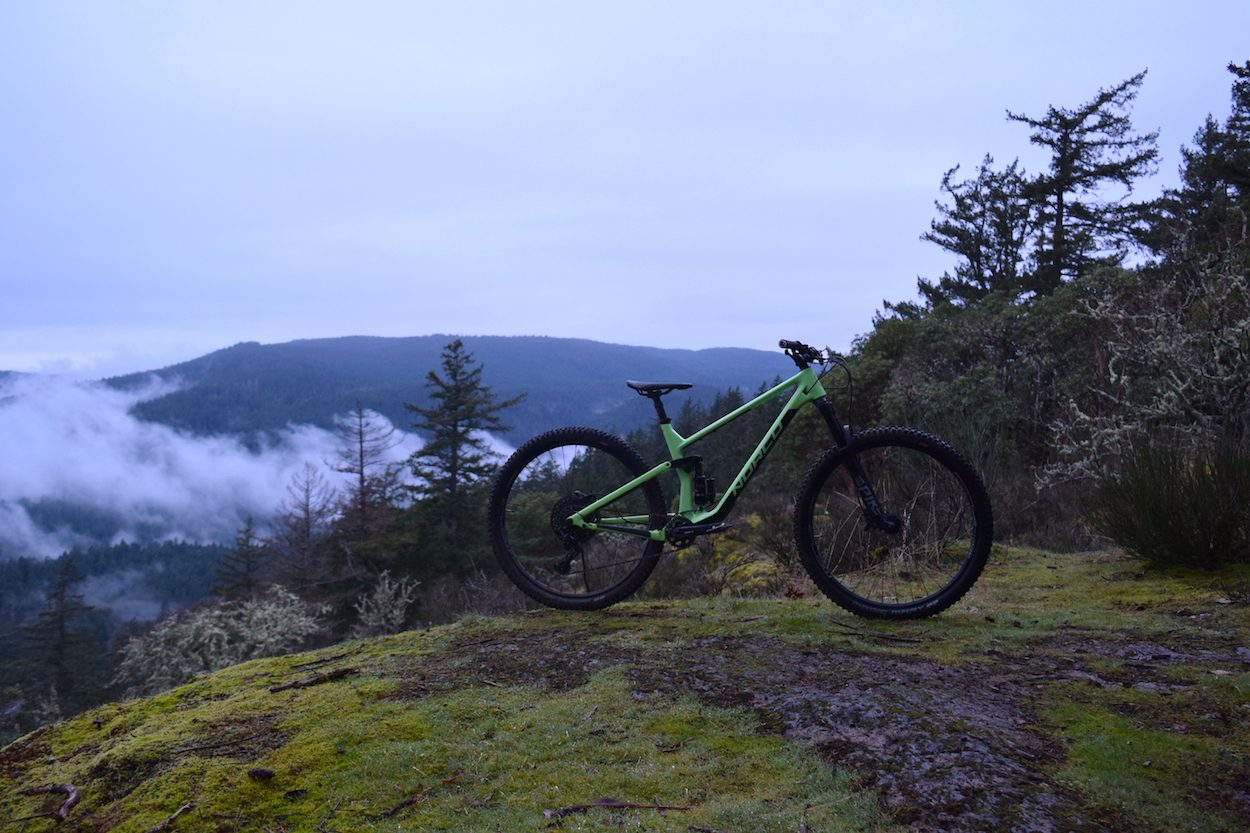Trail time with the 2020 Norco Optic C2
A short travel trail bike that excels at finding fun on all kinds of trails
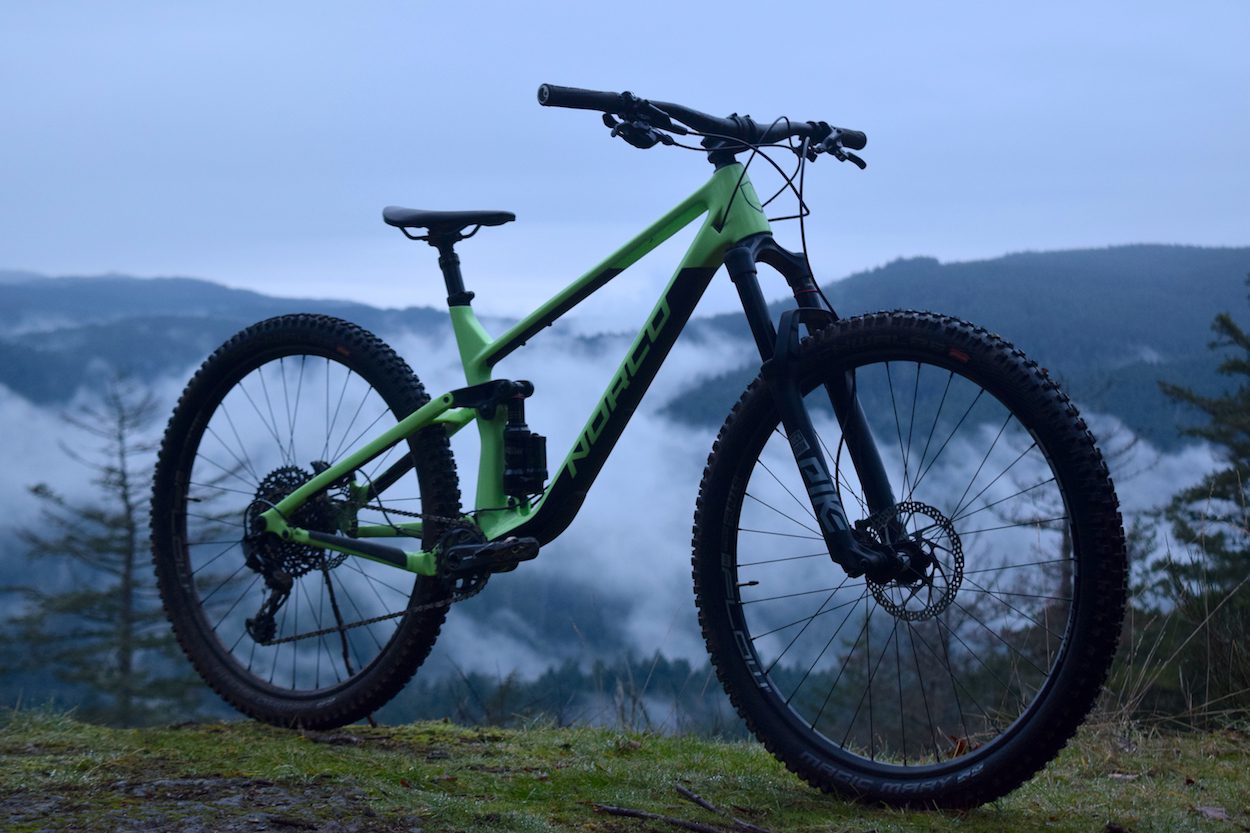
Norco has been on a bit of a tear lately, steadily rolling out impressive reworkings of the brands longstanding models. The new 2020 Optic continues a trend started with the Aurum HSP, and the Revolver. After spending time on the long-travel XC Revolver this summer, I was excited to get some saddle time in on the Optic, the new short travel trial bike.
After a quick tour of my local trails, the Sunshine Coast and Vancouver’s storied North Shore trails, the Optic looks like a bike that maximize your enjoyment on a wide range of trails, from flow trails to demanding steep terrain.
Short travel, big dreams
The 2020 Optic takes Norco’s rider forward geometry and applies it to a 125-mm rear, 140-mm front travel platform. The travel numbers may be on the short side for the Trail bike category, but it’s a very much a David and Goliath approach to suspension design. The Optic is a little bike that’s ready to take on the biggest trails around. Executed well, it’s a design that a wide range of riders can get behind, and make the most of wherever they ride.
I covered Norco’s overhaul of the Optic line when the bike launched but, at a glance, the updated geometry is designed to be much more capable on the descents than the previous generation of Optic, while still keeping the rider positioned forward enough on the bike that it climbs comfortably. A slack 65-degree head tube angle and 480-mm reach (size Large) add stability at high speeds and when the trail gets real steep. This is balanced by a 76-degree (effective) seat tube angle, and shorter 125-mm rear wheel travel, which keep the Optic fun while pedalling and on lower-angle descents.
As with any short travel trail design, the aggressive geometry puts more pressure on the rear suspension, especially as you start to get into terrain that riders might previously have ridden much longer travel bike on. Norco makes sure the rear end will be ready to take on whatever you choose to ride by putting the high-end RockShox Super Deluxe Ultimate DH shock across the entire Optic line, including the mid-range C2 model I tested.
Last, the Optic gets a carbon fibre front triangle matched with aluminum rear triangle for a mix of weight savings and durability. The front triangle includes rubber downtube protection near the bottom bracket, as well as rubber guards on the chain and seat stays to keep the frames bright green, bordering on glow-in-the-dark paint scheme safe.
2020 Norco Optic C2 – Parts and build
Norco puts its money where it thinks it will have the biggest impact on the Optic. This means quality suspension, over eye-catching fancy small parts.
As mentioned, Norco delivers the C2 with RockShox’s hyperbolic Super Deluxe Ultimate DH, and a RockShox Pike Select+ fork with 140-mm travel. The theory, which works well out on the trail, is that there’s no point designing a brand new suspension platform, then hamstringing that design with under-performing suspension. Norco has applied this all the way down the Optic line, not just to the C2. It’s a move I like, as it makes lower cost frames and builds a legitimately viable investment for long term upgrades, instead of putting the rider in the position of throwing good money after bad.
Norco balances out the suspension cost with a functional parts spec across the rest of the bike. There’s a X-Fusion Manic dropper post and SRAM GX Eagle 12-speed drivetrain, with an X1 Eagle DUB carbon fibre crank from SRAM and 30-tooth chainring. 29″ Stan’s Flow S1 are a solidly performing option, though the DT Swiss 350 rear hub’s slow engagement isn’t ideal. These rims are wrapped in a properly aggressive Schwalbe Magic Mary 29×2.35″ up front and Hans Dampf 29×2.35″ out back.
Finally, Shimano MT520 hydraulic discs outperform their price point, especially with suitably large 180-mm rotors front and rear.
All this brings the Optic C2 in at the solid price of $5,500.
Ride Aligned Fit System
At the same time as it released the new Optic and Sight models, Norco launched its new online setup guide, the Ride Aligned fit system. The system takes your weight, height, skill, gender and rider position and gives you a detailed guide for how to set up your specific Norco model. This includes a detailed suspension guide, as well as tire pressure, bar and stem length, width, rise and height. The skill and “rider offset” settings include detailed descriptions to help you properly figure out where you fit on the scale.
I asked Norco’s David Cox for more detail on how the Rider Aligned system generates set-up numbers for each rider. I also asked how a rider’s gender impacted their fit. He said that the data comes from spending many hours on the trail working with riders of a wide range of skill levels. This time produced two data sets, which correlate to the two “rider offset” settings. “We have two baseline datasets, offset “type 1” and “type 2”, which are required for a combination of body morphology and rider preference,” Cox answered, adding “Having these two baselines allows all riders to generate grip on both wheels, drive and control the bike effectively, maintain good support and front end protection.”
Norco created its recommendations based on these two data sets, including how gender impacts settings. The rider offest adds flexibility, Cox said, since not all men ride the same, or all women. “It is common that in riding position, a female rider’s center of gravity is lower and more rearward than a male of the same height, so for these females “type 2” will likely be their preference, but not in all cases. The inverse is true for males, with most preferring “type 1”, but again not in all cases. We have just gone live with the functionality to help riders determine which offset type is best for them.”
I set my Optic up to match the Ride Aligned suggestions, and it was right on for most 90% of the time. I did find it set a bit too stiff for more mellow cross country trails, which makes sense given the bikes purpose. But dropping 5-ish psi out of the front and rear made the bike much more sensitive to small bumps, on days when I knew I wouldn’t be pushing the bike on larger features.
Riding the Optic C2
At this point, I’ve had the chance to take the Optic C2 on my local trails around Vancouver Island. I’ve also managed to squeeze in some late late “Fall” rides in on the Sunshine Coast and on Vancouver’s notoriously rough North Shore. So far, I’ve been very impressed with how the Optic not only deals with a wide variety of trails but, more, makes so many different trails more fun.
Starting on flow trails and more mellow terrain, the Optic is happy diving into corners and popping off any little bump in the trail. At the same time, push further into the Optic’s travel and it is stable off larger features and confident when the trails get steep. It doesn’t have the plow-through cushion of, say, the longer travel Sight, but that’s also the Optic’s advantage. It is nimble and frisky, but backed up by very solid suspension, parts and design,that will help you get out of trouble if things get a little rowdy.
The responsive suspension does require more effort to ride in really rough terrain. This can be a positive or negative, depending on your perspective. Where a larger bike will smooth out the trail, the Optic encourages you to make the most out of every trail feature, large or small. That’s precisely the style of riding some riders seek out, but not everyone will love it. The little-bike-on-big-trails strategy requires more energy, but the payoff in pure enjoyment is worth it, in my opinion. Riders who want a similar design, but want to plow through rock gardens and roots might want to look over at Norco’s redesigned Sight.
Climbing, the Optic is impressively efficient. The bike pedals very well, even without any sort of climb switch or lockout on the RockShox shock. The longer reach and slack HTA will feel different for those used to the previous generation of Optic, but the steep 76-degree seat tube angle helps keep you on top of the wheel, and keeps the steering sharp.
Initial impressions: A broad vision
The short travel trail bike is a design that’s growing in popularity, for good reason, and Norco have pulled it off particularly well in the Optic. It is a bike set up primarily for fun, with the toughness to back that up, over enduro race speed or XC efficiency. Compared to the Revolver or Sight, the Optic might not be the fastest on any given trail, but that’s not necessarily the point, either. The Optic will make anything but a pure XC course more fun to ride, and it will get you through far burlier and steeper terrain comfortably than a 125-mm/140-mm bike has any right doing.
If you’re looking for a bike that makes every ride exciting, is efficient enough for long days in the saddle, and can take on the toughest trails, the 2020 Norco Optic is worth a look.
Stay tuned to Canadian Cycling Magazine for our full review of the 2020 Norco Optic C2 early in the new year.

